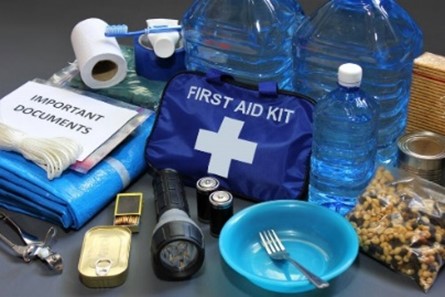After a disaster, you and your family should be prepared to be on your own for an extended period of time. Emergency response teams will be very busy and may not be able to provide immediate care to all who need it. There may also be outages to utility services that could impact your community. It is recommended to prepare for at least three days without support. In some emergencies, such as an influenza pandemic, you may need to prepare for a week or more.
Contact information
The Clark County Public Health Emergency Preparedness and Response team is here to answer questions you may have. Email us for more information.
